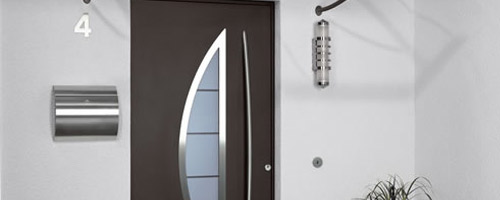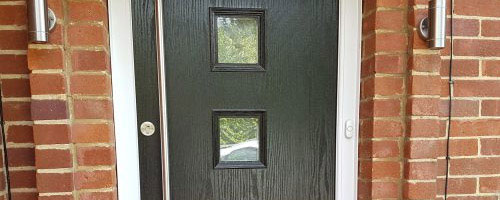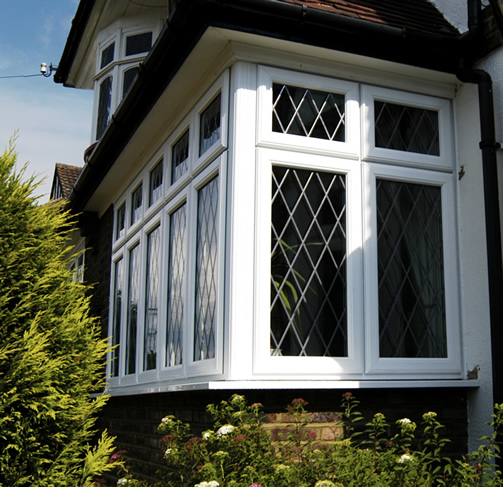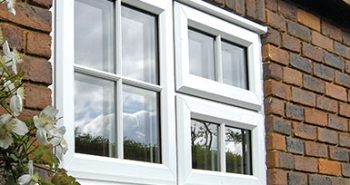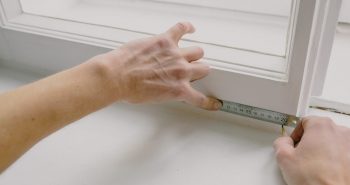Maximise your window insulation
Window insulation might sound like a big undertaking, but it doesn’t need to be complicated. With just a few tweaks and a proactive approach, you can keep your windows insulated against the winds and rain that stick around during the winter months.
Check for signs of wear and tear
The first thing to do is check the condition of your windows. This includes taking a look around the seals to make sure that there aren’t any breaks or damages, as well as inspecting the frames themselves for signs of decay.
Most windows are built to last decades, particularly those made of uPVC and aluminium. However, if you’ve recently moved into an older home, or if you live in a conservation area, it’s possible that your windows are in need of some light repairs.
Use external caulk
Next, you want to look into window insulation. This can be as simple as buying some sealant tape and carefully sticking it around the window panes where the seal is formed. If your windows are performing well and you just want to amplify their insulation, this kind of quick fix can be a cost-effective way of solving the problem.
For a slightly more permanent solution, caulking is your best bet. Interior caulk can be used between interior window trim and your walls, whereas exterior caulk is used on the outside perimeter of the window.
When applying caulk externally, be sure not to fill in weep holes. These small holes allow moisture to escape window frames, and filling them in could cause rot or mould to build up inside your windows – reducing their lifespan considerably.
Tighten your cams
Over time, your windows can lose their compression, which allows cold, draughty air to flow into your home. One of the best ways to combat this is to adjust the locking mechanism (or cams) that keeps the window secure within the frame.
This is a fairly simple task that just requires an Allen key and some precision. Once you’ve identified the locking mechanism with the window open, you can fit an Allen key into it and turn clockwise. This moves the rubber seal contained within, tightening the mechanism.




